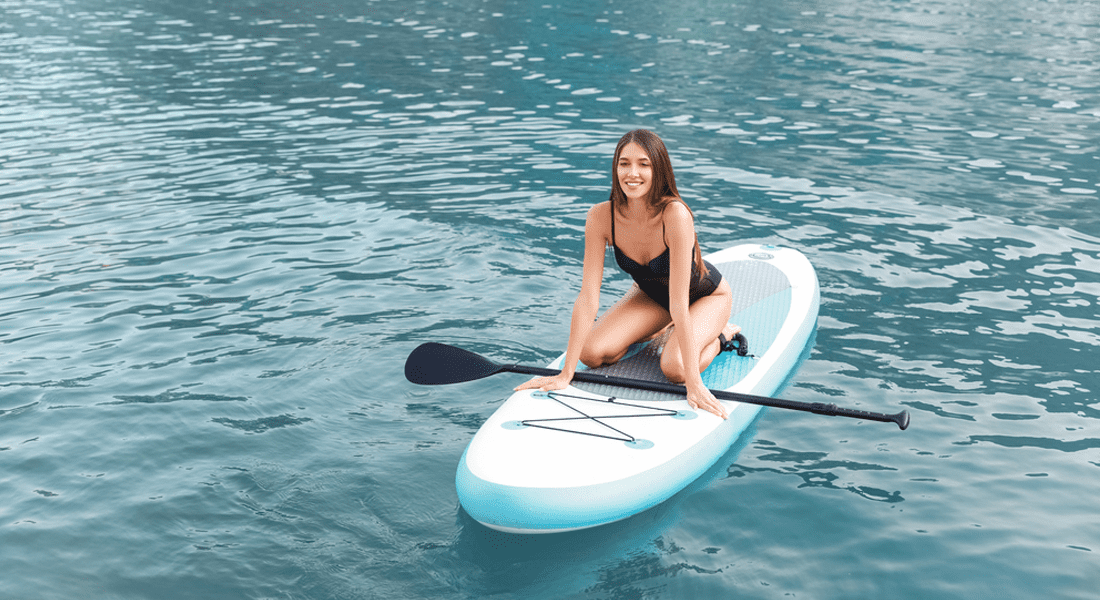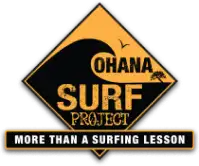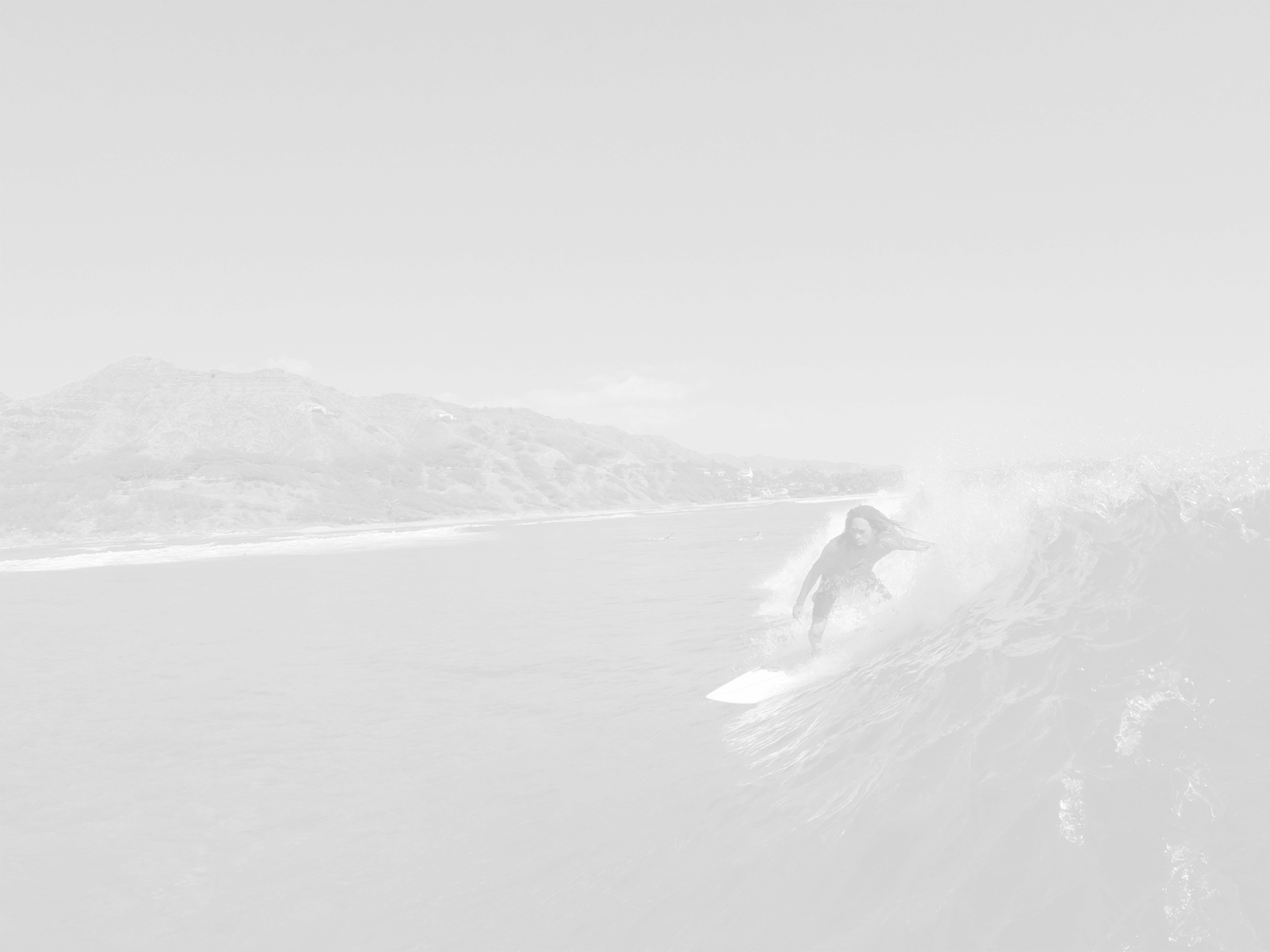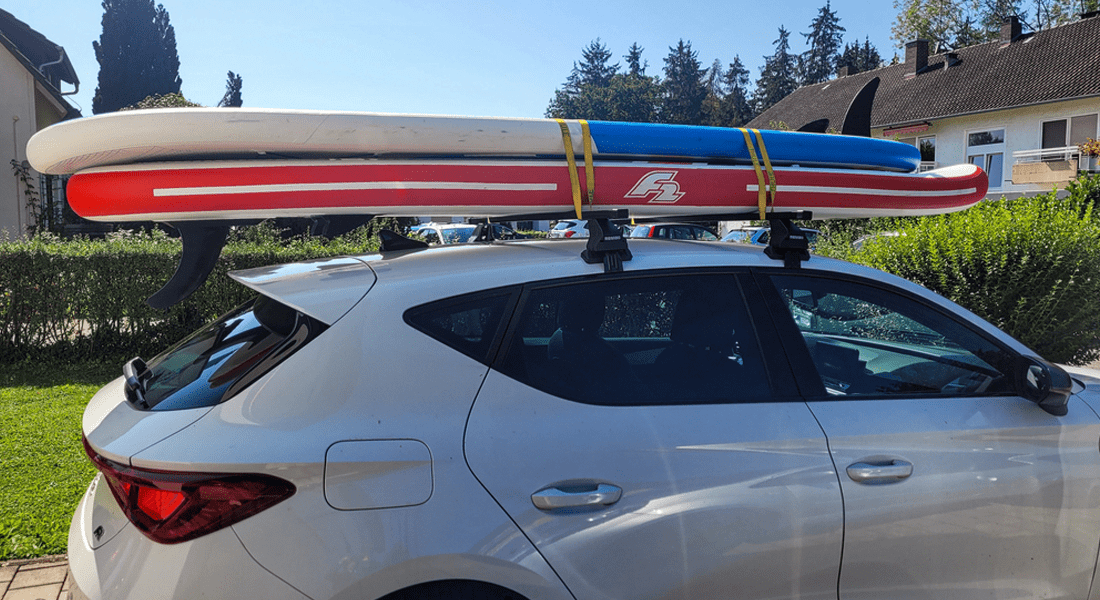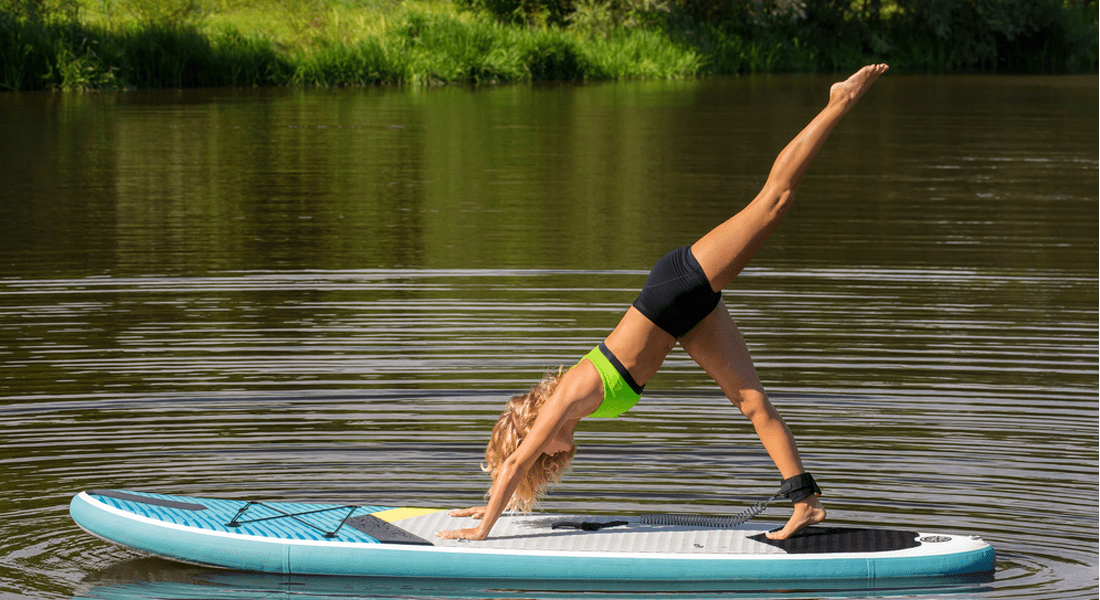Blog
How To Read Waves Like A Seasoned Surfer
Reading and catching waves is an essential skill that separates beginners from seasoned surfers. It's about understanding the ocean's language; recognizing when and where a wave will break, and how you can best ride it. In this guide, we'll explore detailed techniques on
how to read waves, allowing you to anticipate their behavior and enhance your surfing experience. Whether you’re just starting or looking to sharpen your skills, mastering wave reading will undoubtedly help you become more proficient on your board.
Know Your Breaks
Before you can effectively read waves, it's essential to familiarize yourself with the different types of surf breaks. Point breaks offer consistent and predictable waves as they break over a submerged rock, sand point, or jetty extending from the shore. These waves peel smoothly along the point, providing longer rides. Beach breaks are less predictable, with waves breaking over sandbars that can shift with tides and storms, affecting the shape and quality of the waves daily.
Reef breaks, which break over coral or rocky bottoms, typically produce sharper, more powerful waves that offer a faster ride. Each type of break behaves differently under various wind, tide, and swell conditions, and understanding these distinctions is crucial for predicting wave patterns and choosing your positioning.
Observe the Swell
Swell size, direction, and period are critical components that define wave behavior. Swell size influences wave height; a larger swell generally means bigger waves, ideal for more experienced surfers. The direction the swell is coming from affects where waves will break along the shore, dictating which spots will offer the best rides. The swell period, or the time between each wave crest, indicates the energy of the waves.
Longer periods typically mean the waves have traveled from further away, carrying more energy, which translates into more powerful and cleaner waves. We recommend spending time observing these elements from the shore before entering the water to get a sense of the day’s conditions, as they can significantly affect your surfing strategy.
Watching the Waves
Observation is key when learning how to read waves. Spend time watching how waves form and break along the shoreline. Notice if they break left, or right, or if they’re closeouts, which are waves that break all at once and are typically unrideable. Watch for patterns in wave sets; waves often come in groups of larger sets followed by calmer periods, known as lulls.
By observing, you can also gauge how the tide and wind are affecting wave conditions, which is essential for choosing the right time to surf and selecting the best waves to ride.
Timing Your Entry
Timing is everything in surfing. Once you’ve observed and chosen your wave, deciding when to paddle and catch it is your next step. Begin paddling as the wave approaches, ideally before it reaches you, to match the speed of the wave and make the drop-in as smooth as possible.
Timing your entry correctly can be the difference between catching a great ride and missing the wave entirely or wiping it out. It's important to be in sync with the wave's speed and momentum as it prepares to break. This synchronization allows you to effectively merge with the wave's energy, maximizing your potential for a successful and enjoyable ride.
Positioning on the Wave
Positioning yourself correctly on the wave is critical. Depending on whether the wave breaks left or right, you’ll want to position yourself on the appropriate side of the peak, which is the highest part of the wave just before it breaks. Being too far ahead can cause you to nose dive or get ahead of the wave, losing its power. Too far back, and you might miss the wave entirely. It takes practice to find the sweet spot where you can ride the wave’s face effectively.
Effective positioning also involves understanding the shape and speed of the wave as it forms. This can dictate how you approach the wave, where to place your feet, and when to start your ride. Accurately reading these aspects ensures you maintain momentum and balance, crucial for executing maneuvers and extending your ride. Achieving this mastery of positioning enhances your surfing experience and increases your wave count per session.
Adjusting to Changes
Waves are not static; they change shape and power as they travel toward the shore. As you ride, stay alert and ready to adjust your stance or direction. Balancing your weight, shifting your feet, and using your arms for stability can help you adapt to changes in the wave. This adaptability not only improves your ride but also enhances your safety.
Additionally, being responsive to a wave's evolving dynamics allows you to optimize your speed and maneuverability. It’s crucial to continuously assess the wave’s form and energy, making split-second decisions that can either extend your ride or help you avoid wipeouts. These quick adjustments require keen observation and experience, which are key to mastering the art of surfing.
Practice Makes Perfect
Like any skill, becoming proficient at reading waves takes practice. The more time you spend in the water observing and experiencing different waves, the better you’ll become at predicting and reacting to their nuances. Don’t be discouraged by mistakes—each wipeout teaches you something new about reading the waves.
Persistence is key, and with each session, you'll gain insight into wave patterns and behaviors, which will enhance your ability to anticipate changes and respond effectively. This ongoing learning process is essential for becoming a skilled surfer who can confidently navigate the surf.
Learn from Others
While individual practice is invaluable, learning from other experienced surfers can accelerate your progress. Watch how they choose, approach, and ride waves. Don’t hesitate to ask for tips or feedback. Most seasoned surfers are happy to share their knowledge, especially if they see genuine interest and respect for the sport.
Observing their techniques and discussing strategies can provide you with a deeper understanding of wave dynamics and surfing etiquette. Such interactions can also offer you practical advice that is often tailored to the local conditions and surf culture.
Mastering how to read waves is a lifelong journey that can dramatically improve your surfing. By understanding the environment, observing conditions, and continuously practicing, you'll develop the instincts of a seasoned surfer.
At Ohana Surf Project, we're here to guide you through this journey. Our experienced instructors, well-versed in local wave conditions and safety, are dedicated to helping you understand the ocean better. Through our lessons, whether private, semi-private, or group, we provide the
tools and support you need to hone your wave-reading skills and enhance your overall surfing experience.
Contact us today to learn more about how we can help you grow as a surfer and enjoy every moment in the water. Let us bring the spirit of 'aloha' into your surfing journey!
